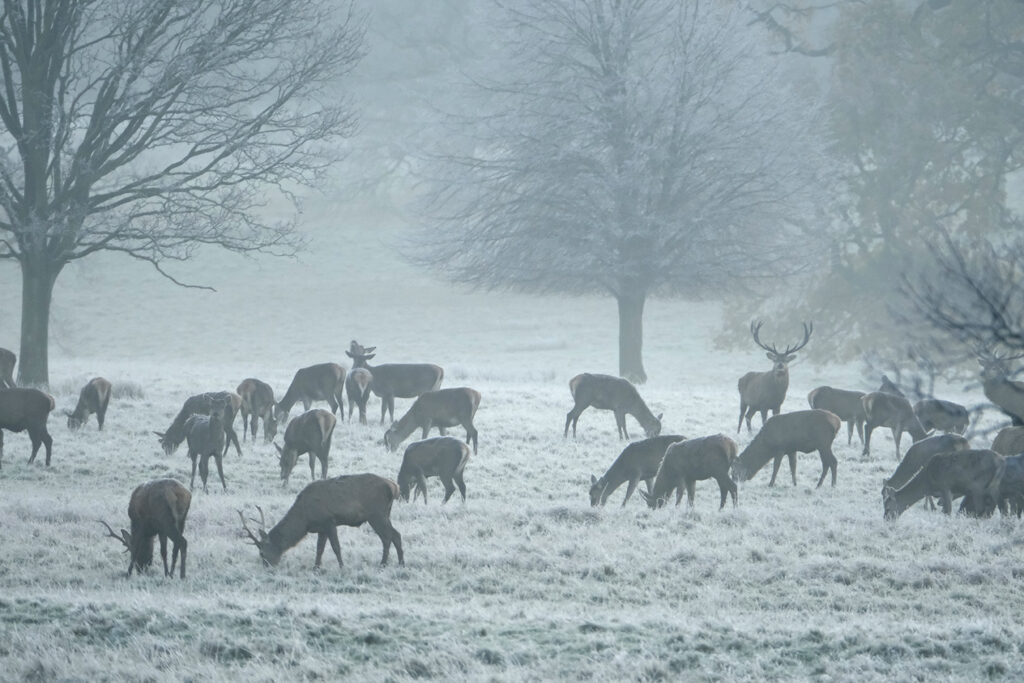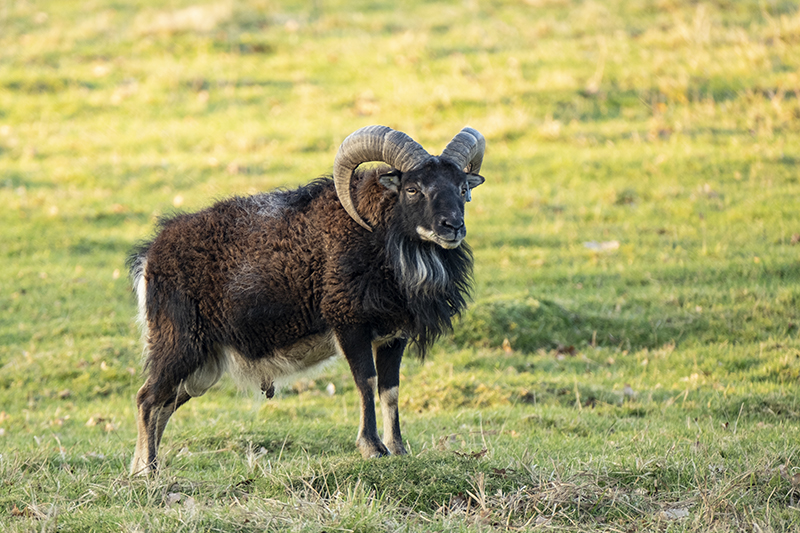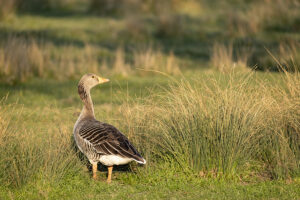PART ONE:
Devising a personal project
Personal projects are important for a photographer’s growth and can be both fun and a stimulating way of trying out new ideas and techniques. I chose a country estate, close to home, as my challenge. Here I’ll take you through this project and its twists and turns, photographing Helmingham Hall, its formal gardens and deer park as it transforms through the year.
The idea for the project started with thoughts of combining two passions; wildlife and landscape, especially changing seasonal landscapes. Before last November (2020), I’d never been to Helmingham Hall, except to buy some plants in their annual plant fayre, so I had no idea what it looked like in different seasons. That November walk through the deer park got me thinking… how could I photograph the deer… am I a good enough photographer to come up with interesting wildlife pictures… what will make them come alive?



Welcome to Helmingham Hall
The Helmingham Hall estate, owned by the Tollemache family since 1487, sits quietly in the Suffolk countryside in the East Anglia region of England. The moated house, or hall, was finished in 1510.
Just outside the moat, on the west side, is a beautiful formal garden and surrounding both house and gardens is about 400 acres (160 hectares) of parkland, home to large and well-established herds of red and fallow deer and a flock of Soay sheep – an old rare breed named after the island of Soay, part of the St. Kilda archipelago in northwest, and dating back to Viking times. This majestic landscape has magnificent oak trees, some estimated to be 900 years old, and all the British wildlife and birdlife you’d expect to find in a part-wooded country estate. Some of the trees have been immortalised by artists, including John Constable, who used Helmingham Park in his painting, A Dell, 1830. The estate even has its own church.
Where I began… the evolution of a project

At the beginning of January 2021, and with the permission of the current owner, Edward Tollemache, I started my project to photograph Helmingham Hall’s gardens and park through the seasons.
After a test shoot, I quickly realised that this project has potential challenges hidden just below the surface, and almost certainly more I was yet to discover. The first is how to photograph the deer and not end up with a series of head shots of these antlered beasts just staring warily back at the camera. Projects work best when the imagery has both variety and pace, when it gets to the essence of the subject. This is what takes them beyond simple documentary – I need to get under the estate’s skin. The seasons provide some variety on their own, especially the trees, but to truly capture all facets of the estate I need to understand the cyclical changes during the year for the wildlife, fauna and flora, and the formal gardens.
As with any photographic project it has two important considerations to keep in mind; getting to know the place and how the light changes; and not becoming so familiar with it or so blasé that I lose the thrill and excitement of creatively responding to what it presents me with.
Planning and timings
It’s all new and exciting at the start of any project. The tendency is to click away, taking far too many images. If I am to make this interesting, I quickly realised that I needed to slow down, slow right down and focus on quality not quantity. This was going to take me a year and many visits to complete, there was no hurry. Anyway, rushing is the enemy of nearly all photography and one of the biggest problems for people with digital cameras – they encourage overshooting. It’s a shift in mindset which takes some adjustment and it helps to think of it in terms of a book or exhibition. How many images, all of comparable quality and interest, do I want to end up with to fill the pages or the walls? If I break that down over the year, and I were to visit say once a week, I’d only need to average a good two to four images per visit. So that set my target – three good shots per visit.
When you free yourself from being trigger-happy it allows you to be much more creative, to try things without being worried about failing, but always learning from those failures. As I get more familiar with the environment and the behaviour of the wildlife, waiting and observing becomes an enjoyable element of each attempt.
In terms of planning shooting, it’s a combination of weather forecasts, taking a chance on visiting, and maybe not getting anything of note, and waiting for the light. I find myself frequently looking at local forecasts and trying to determine the most accurate and reliable forecaster. A month into the project I think I’m getting to grips with this, and with understanding how different the weather can be at Helmingham from the weather at my house only seven miles (10km) away.



There is also research to be done. Climate-wise, sunrise and sunset positions at different times of the year are good to know in advance so that while I’m shooting I can plan for a shot later in a different season at a different time of year. The moon cycles are important to know, too, both in terms of animal behaviour and moonlit landscapes. Moonrise and moonset times and compass positions are also good to know, especially when a supermoon is due. At moonrise and moonset – the best times for the supermoons – the moon itself rises or sets very quickly close to the horizon, you can see the movement with the naked eye, so there’s no time to shoot from different positions. You need to know your shot in advance. For this information, I find a compass and the website Date & Time really useful, or apps like Photographer’s Ephemeris.
Finding and exploring nature

There are key events during the year for the park’s animal inhabitants. The red deer stags shed their antlers in April, with the fallow deer about a month later. Calving starts in June but the Soay sheep have their lambs as early as February. In the autumn, of course, there’s the spectacle of rutting season when the stags challenge the pecking order for the right to mate with the females. The birds have their nesting season, with very noisy rookeries and the elusive but equally noisy woodpeckers – both green and greater spotted. The migratory birds, primarily geese, ducks and swallows arrive in April and May. Finding year-round residents like the kingfishers and barn owls requires great patience.

In this country estate the deer, and the fallow deer in particular, don’t get exposed to many people and are wary and easily spooked. There are a few public footpaths which cross the estate and are crossed by the deer but they don’t linger near them when people are about, so permission to get to the other parts of the estate is essential. I wear muted colours, mainly greens and khakis, so as not to stand out and my movements are slow and often indirect so as not to arouse alarm.
My feeling is that the first couple of months of the year will be more recce than shooting as I get familiar with the landscapes and movements of the wildlife. So whilst I’ll start in January, I don’t really expect to get many striking images until spring starts towards the end of March – but we’ll see. I might be in for a surprise.
To follow my project, warts and all, head for Part Two….

